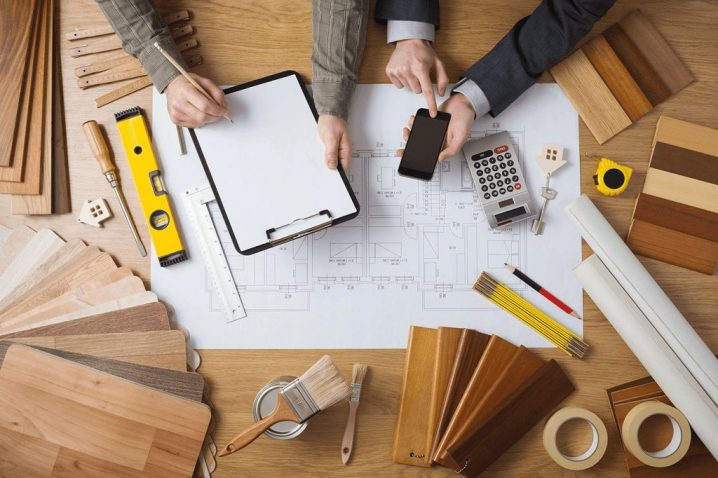Renovating your home isn’t just an opportunity to give the place a simple facelift or even boost its market value. It’s also a chance for you to transform your living space in order to reflect your lifestyles and ideals. Look at it this way: when you were buying the place, you might have had to agree to a compromise or two, due to some limitations with the budget but now you’ve got an opportunity for a fresh start. For all those who are eco-minded, here are some tips on how to make things right on your second try.
Replace your old appliances
For starters, we have a tip that was probably on your mind long before you actually decided to start with the renovation process. We’re talking about the idea of replacing your old appliances with some brand new ones. First of all, you need to consider this from the aspect of safety. An old appliance might be a safety hazard and cause all sorts of malfunctions (even cause a fire in your own home). Aside from this, it’s probably so power-hungry that by replacing it, you’re actually making an investment that might pay itself off in the nearest future.
LED and natural light
Another thing you should go for are the LED bulbs inside of your home. The way in which these work is simple – an average LED bulb of 10 W gives you the same number of the lumen (about 600) as a 40 W incandescent one. In some cases, you stand to save even more energy (6 to 8 times more). Most importantly, an incandescent bulb lasts about 1,000 hours, while an LED one has a potential of outlasting a 50,000 hours’ mark. This means 50 times less waste and 50 fewer purchases. Aside from LED, you can do all that’s in your power to increase the reliance of your home on natural light. Not only is this a green and frugal practice but it’s also quite great for your health.
Green materials
The next thing you should understand is the fact that some materials are simply eco-friendlier than others. We’re talking about recycled materials and reclaimed wood. On the other hand, some materials that are available locally might also be labeled green, due to the fact that they don’t have to be transported, which would increase their overall carbon footprint. Aside from thinking about how they affect the environment, you should also consider what it takes for that particular material to be produced.
The construction method
When it comes to working on great heights, you have virtually two options to choose from (seeing as how ladders aren’t really a valid choice). You get to choose between cranes and scaffolding. The reason why a lot of people go with cranes is due to the fact that they’re simpler to work with. However, when it comes to their environmental impact, they’re clearly inferior to scaffolds. Professionally constructed scaffolds are both efficient and reliable. If you’re worried about the amount of material needed, you can always go with mobile scaffolding. Using less power-hungry construction tools is also a wise choice.

Invest in insulation
Investing in insulation is both a green and a frugal thing to do. Why? Well, because it will allow you to heat your home in the winter and cool it down in the summer while spending less energy. Moreover, insulating your home is something that you’re supposed to do only once in your lifetime, yet, it’s a decision whose benefits you’ll get to reap all-year-long. Apart from this, you could also replace doors and windows on your home. A double-glazing window can make a massive difference when compared to a single-pane one.
Installing solar panels
Some investments take years to pay off. Nevertheless, when playing for the long run and choosing an ethical thing to do, they’re the only valid choice. For instance, a solar panel may take between 7 and 20 years to pay off (it all depends on government grants). However, with the advancement in this technology (especially when it comes to batteries) and the possibility that your local utility company offers you a chance to sell some of the extra energy, you might cut this time even further.
Reuse your inventory
Most importantly, when possible, you should always choose to reuse your inventory or recycle the materials you already possess. This is particularly easy for old cabinets, light fixtures and even flooring. As for the rest, deconstructing is always an option and really not that big of a deal for a skilled construction crew. Even if you don’t feel like working with the same materials again, deconstructing them will allow you to sell them or donate them to a recycling center. In this way, you’re once again a part of the solution instead of being a part of the problem.
Conclusion
As you can see, there are two types of changes on this list; those that give you an immediate financial boost and those that will yield positive results further down the line. Therefore, their cost-efficiency depends on whether you aim to sell the place in the future. From the perspective of the Mother Earth, on the other hand, both of these categories are more than welcome.



